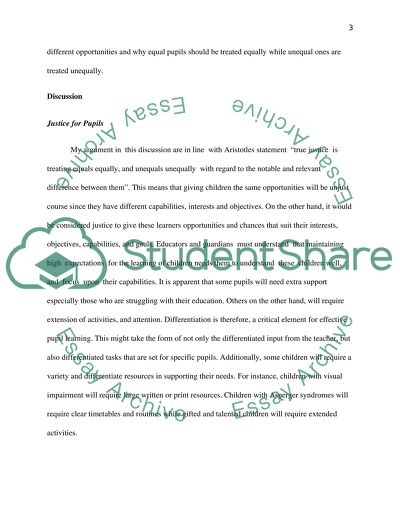Cite this document
(Performance and Educational Successes Essay Example | Topics and Well Written Essays - 4000 words, n.d.)
Performance and Educational Successes Essay Example | Topics and Well Written Essays - 4000 words. https://studentshare.org/philosophy/1633007-performance-and-educational-successes
Performance and Educational Successes Essay Example | Topics and Well Written Essays - 4000 words. https://studentshare.org/philosophy/1633007-performance-and-educational-successes
(Performance and Educational Successes Essay Example | Topics and Well Written Essays - 4000 Words)
Performance and Educational Successes Essay Example | Topics and Well Written Essays - 4000 Words. https://studentshare.org/philosophy/1633007-performance-and-educational-successes.
Performance and Educational Successes Essay Example | Topics and Well Written Essays - 4000 Words. https://studentshare.org/philosophy/1633007-performance-and-educational-successes.
“Performance and Educational Successes Essay Example | Topics and Well Written Essays - 4000 Words”. https://studentshare.org/philosophy/1633007-performance-and-educational-successes.


